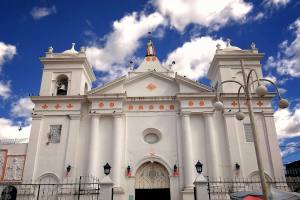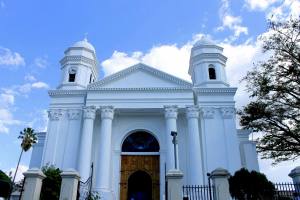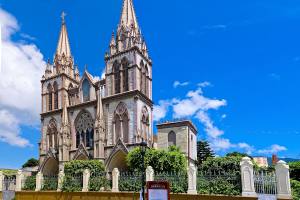One of the tourist attractions par excellence of El Salvador is the San Miguel Department, a whole amalgam of opportunities to get to know this country in the depths of its lands.
It offers mountains, virgin natural spaces, beautiful views of its volcanoes, rivers, and spectacular beaches facing the Pacific Ocean.

SAN MIGUEL DEPARTMENT - Departments of El Salvador. Photo by House1090. Wikimedia Commons.
San Miguel Data
| Country: | El Salvador |
|---|---|
| Category: | Departments |
| Elevation: | 129 meters |
| Surface: | 594km² |
| Population: | 265,921 |
| Indigenous People: | Lencas |
What to see and do in the San Miguel Department
San Miguel department is a great tourist destination, where many activities will fill your travel schedule.

In this fascinating piece of Salvadoran land, you can find miles of beaches of extraordinary beauty, many water parks, rivers, and lagoons, as well as ruins in its archaeological sites and mountains or volcanoes with dazzling views.

In addition, the historic center of its capital has colonial houses with a lot of tradition, churches, and the beautiful Cathedral that protects the country’s patron saint. Everything is complemented by great festivals and delicious recipes from their kitchens.
Monuments and sites of interest
The capital of the San Miguel Department, which bears the same name, is also known as “the pearl of the Orient” it is even the third most important city in the country, located just over 150 kilometers from San Salvador.

Walking through its streets will take us to the Cathedral Basilica de Nuestra Señora de la Paz, the second largest in the country, representing the faith and pride of its inhabitants, the migueleños.
Be sure to see the fabulous facade of the Municipal Palace and the Francisco Gavidia National Theater, a historical jewel, in addition to the old houses that still maintain their charm.
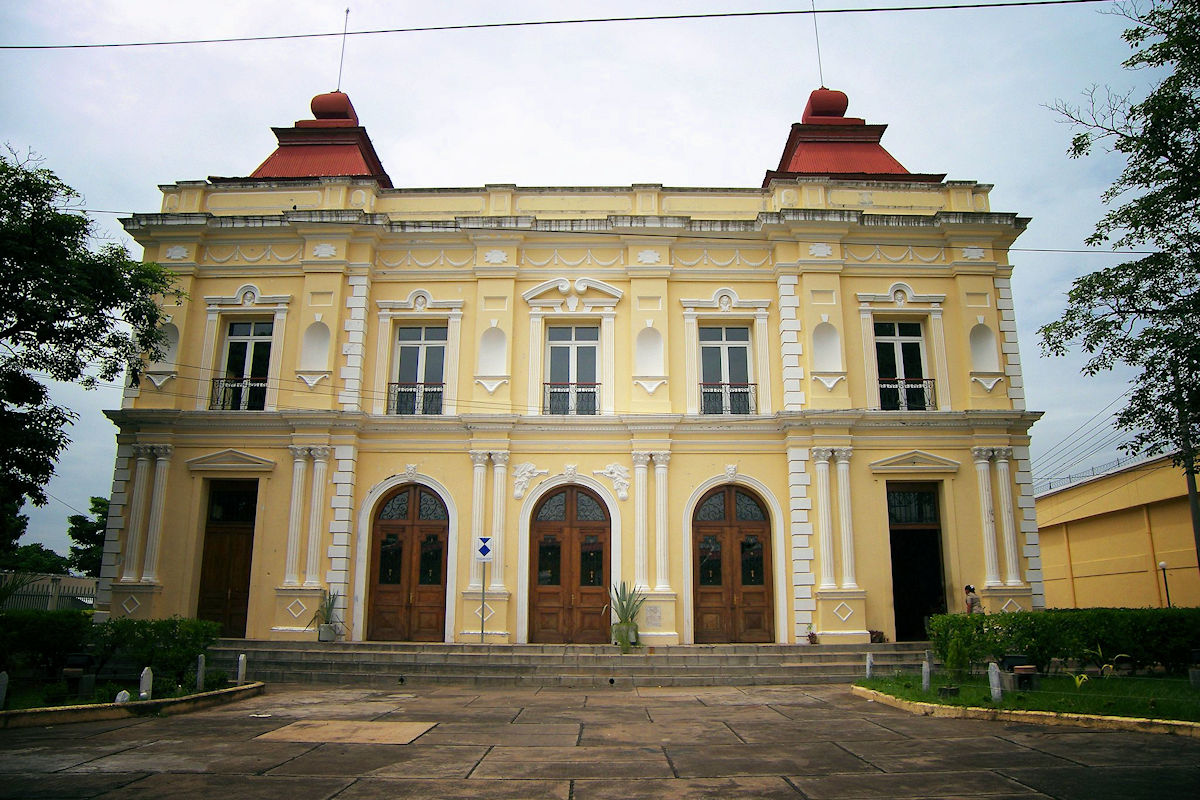
Among the religious temples is the Church of El Rosario, which is said to keep very old city documents, the Church of El Señor del Calvario, and the Chapel of the Miraculous Medal.
Attractive places to visit
You will find different alternatives for enjoyment and relaxation in the various towns, so visit the Balneario Altos de la Cueva to have a good time with family or friends among forests and pools; it has equipped cabins that you can rent.
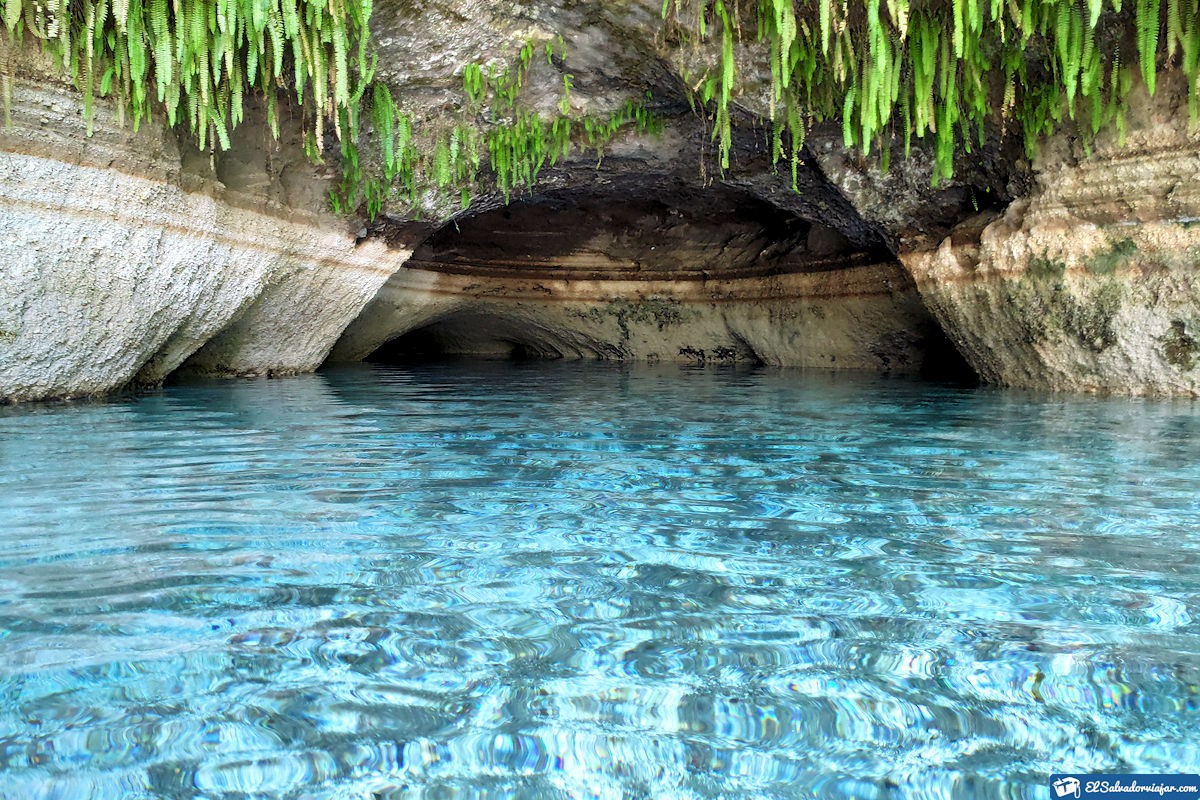
Archeology lovers should visit the ruins of Quelepa and see its impressive architecture. You can go to the town of Moncagua and enjoy the Moncagua pool, with its natural thermal water.
On the shores of the Aramuaca Lagoon, you can contemplate the imposing Chaparrastique Volcano in the distance. For other entertainment, go to the Montegrande Recreational Park, with its amazing mini zoo, next to stimulating pools with slides, football fields, restaurants, and even a store where you can look and buy some souvenirs of the place.

Destinations near San Miguel that you can visit
There is still a lot to know, but here are some possibilities to plan your visits.

Fifteen kilometers from San Miguel is the Olomega Lagoon, declared a “Wetland of International Importance.”
Also, dare to reach the Chinameca Volcano and climb its slopes.
If you are looking for sun and sand, there is nothing better than to get to El Cuco Beach, located south of the San Miguel Department; you can also visit Las Flores beach, one of the most beautiful of the place.

There you will find extensive beaches to practice volleyball or just jog and walk along its sands. In these, one of the best coasts of El Salvador, you can swim, and even fish and extreme sports lovers can opt for surfing.

And if that were not enough, there is a good offer of restaurants to taste the marine delights and hotels where you can stay to rest.
History of the San Miguel Department
The official history of the San Miguel Department began in 1525 when the Spanish captain Luis de Moscoso was commissioned to find the town of San Miguel de la Frontera.
Its original occupants were the natives of the Lenca tribes who called this land Popocatepetl.
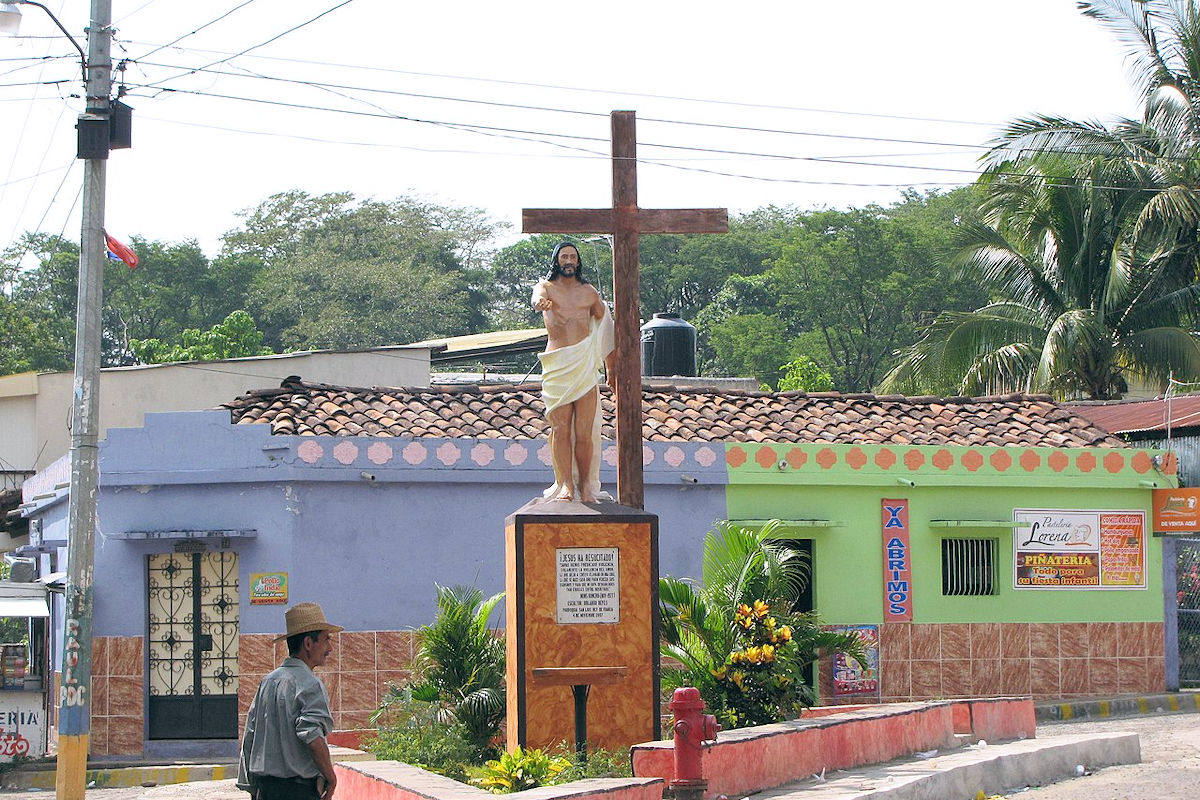
This is how it became the second most crucial nucleus of what would later become the Republic of El Salvador.
It was not until 1586 that it moved to its present location. Before the end of the XVI Century, the town had the title of “city,” and by 1824, it became the head of the San Miguel Department during the mandate of President Mariano Prado Baca.
Geography and Municipalities of the San Miguel Department
The San Miguel Department is located in the eastern part of El Salvador, bordering Honduras, to the east with the departments of Morazán and La Unión, to the south in a small strip with the Pacific Ocean, and the west with the departments of Cabañas and Usulután.
Its capital is San Miguel, approximately 150 kilometers from San Salvador, the country’s capital, occupying 2,077.1 Km2, and has a population of almost half a million people.
For administrative purposes, it is into three districts and 20 municipalities, which are:
- Carolina
- Chapeltique
- Chinameca
- Chirilagua
- Barrios City
- Comacaran
- El Tránsito
- Lolotique
- Moncagua
- Nueva Guadalupe
- Nuevo Eden de San Juan
- Quelepa
- San Antonio
- San Gerardo
- San Jorge
- San Luis de la Reina
- San Miguel
- San Rafael East
- Sesori, and
- Uluazapa
This splendid department has its charms. In each locality, if you go through Uluazapa you can visit the Cascadas Las Sirenas and Los Saltos; if you visit San Luis de la Reina, you will love the Torola and Tamarindo rivers.

The municipality of Sesori offers you the possibility of visiting the Poza La Bruja or the Salto El Brujo. If you are interested in the city of San Miguel, a visit to its Cathedral is a must, and the Chaparrastique Volcano or its lagoons is.

In Quelepa we can visit its archaeological sites and the San Esteban River, while San Jorge invites you to climb Lacayo Mountain.
Climate, flora and fauna
The climate in San Miguel is usually very variable, with sweltering months and a few cooler months, with an annual average temperature between 23 and 35 °C (73 and 95 °F).
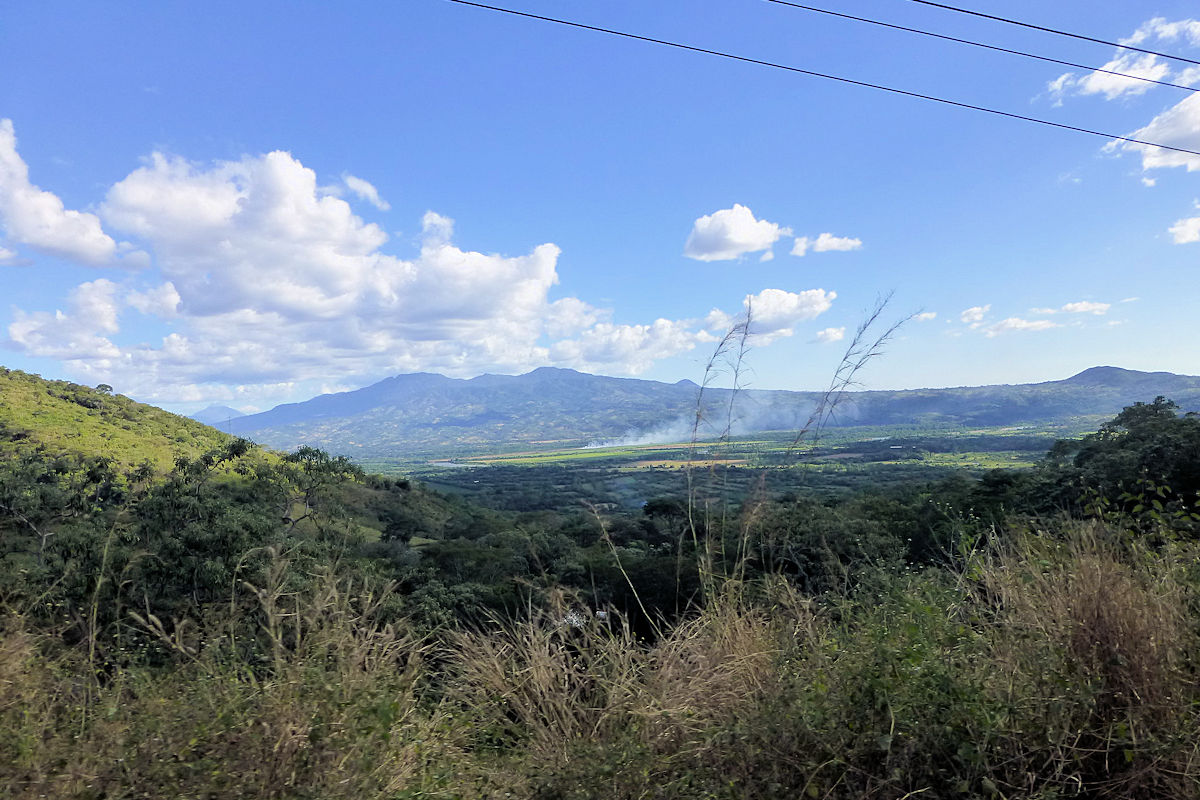
Its hot season goes from February to May, April the hottest month, but from September to November, we will have a pleasant temperature around 23°C (73°F).
The rainy season goes from April to November, and September is the time when it rains the most. The month with the highest heat and unbearable humidity is August, so the best time to visit the area is from December to mid-March.

The climate favors the presence of orchids and ferns in the forests that form around the volcanoes. Also, the presence of reptiles and birds.
Nevertheless, and with a tropical climate, it is known for producing grains, coffee, and vegetables. There is a push in the cotton industry with some crops.
Culture and customs in the San Miguel Department
Salvadoran culture embraces all its citizens equally, but the San Miguel Department has some customs and traditions that go beyond its borders.

On the Day of the Dead, November 2, locals go to the cemeteries to place flowers on the graves of their loved ones.
Likewise, on May 3 and celebrating the Day of the Cross, they decorate with colored paper and flowers a cross that they place in their patios; in the processions, they usually fill the streets with painted sawdust so that the Holy Images can pass by.

But the biggest celebration is the carnival of San Miguel, one of the best-known traditions in El Salvador, which takes place during the Patron Saint’s Day in November in honor of its Patron Saint.
Festivals and Gastronomy in the San Miguel Department
The Fiestas Patronales is celebrated in each municipality to honor their patron saints. Still, the festivities in the San Miguel Department are multitudinous, attracting people from all over the world.

There they take advantage of the opportunity to do the Baile de Los Viejos con Mascaras¸ when the participants cover their faces with these implements that simulate mocking gestures.
The gastronomy includes the famous pupusas stuffed with cheese and pork rinds, seasoned with the pickle to which mayonnaise is added. The chicken bread is made in French, and Horchata soft drinks are also typical. A whole set of autochthonous dishes is part of the typical Salvadoran meals.

The totopostes are prepared with toasted, grated corn and lard and then baked. There is no shortage of coconut preserves, fried yucca with pork rinds, and fruit jellies.
You can not miss visiting the San Miguel Department in El Salvador to fill yourself with history and tradition. Migueleños will always be happy to help you get directions or tell you the best place to rest or eat.

Although it has many exciting places to visit and get to know, you will always have the opportunity to rest and leave aside the monotony and stress.
Touring its spectacular natural spaces, full of forests and waters, and enjoying the flora and fauna that accompanies us in these places make the walk a delight.
Knowing more about the peculiarity of the citizens who dwell in each territory of this small country makes our tourist adventure a whole book of stories, tales, and legends.













